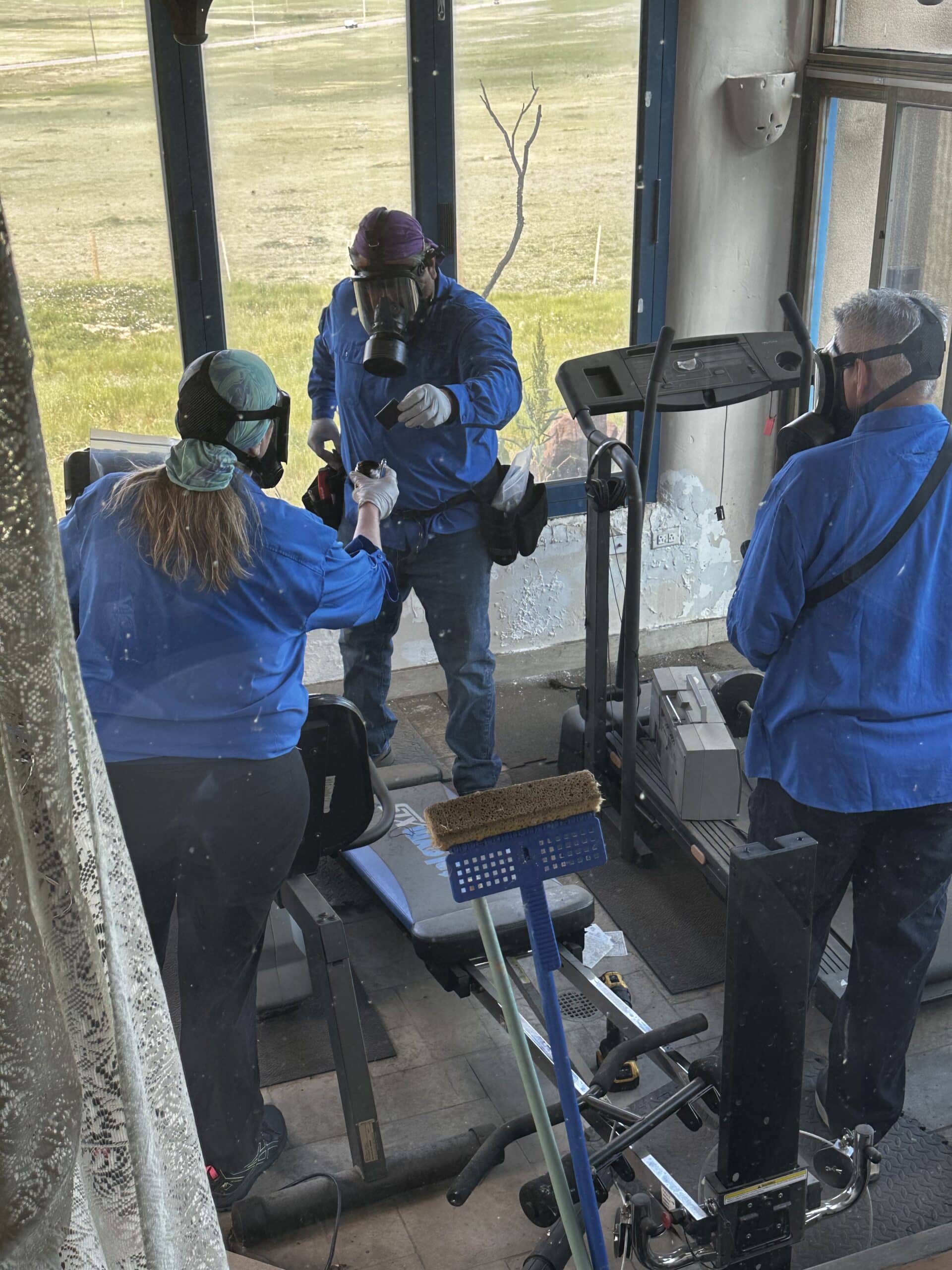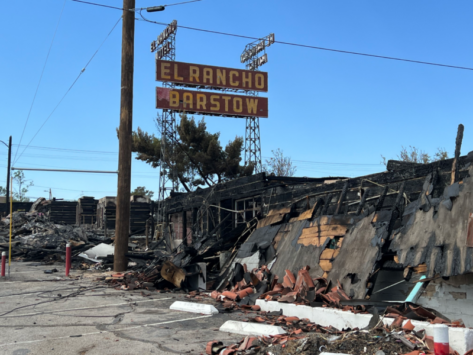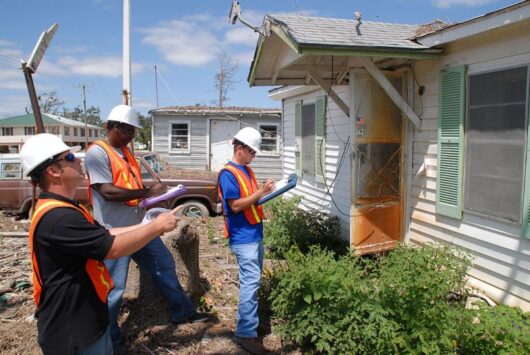Who Can Perform a Phase I Environmental Site Assessment?
Understanding Who Can Perform a Phase I Environmental Site Assessment Who can perform a Phase I Environmental Site Assessment? The simple answer: a qualified Environmental Professional (EP). This means someone who meets specific criteria set by the ASTM E1527-13 standard and the EPA's All Appropriate Inquiries (AAI) rule. Here’s a…
Read More
The Complete Guide to Industrial Hygiene Assessments
An industrial hygiene assessment is more than just a workplace checkup - it's an organization's first line of defense against occupational health risks. Through systematic evaluation of any work environment where there is potential exposure to physical, biological, or chemical agents, these assessments uncover and analyze potential hazards that could…
Read More

The Ultimate Guide to Hazardous Materials in Old Buildings
Hazardous materials in old buildings can pose significant health risks, especially during renovations or demolitions. When working on an old structure, it's crucial to recognize and address these materials to keep both current and future occupants safe. Common hazardous materials found in old buildings include: Asbestos - insulation, tiles, cement…
Read More

How to Conduct a Hazardous Materials Assessment in Buildings
Facilitating Building Safety with a Hazardous Materials Assessment A hazardous building materials assessment is critical for identifying unsafe materials like asbestos, lead, mercury, and polychlorinated biphenyls (PCBs) before starting any renovation or demolition project. By conducting this assessment, you address key concerns for regulatory compliance, safety, and environmental protection. Quick…
Read More

Lead Abatement Laws: Knowing When Action is Required
The Critical Role of Lead Abatement in Property Management and Construction Lead abatement involves permanently eliminating lead-based paint hazards and is strictly regulated by federal, state and local laws. It becomes necessary when lead-based paint hazards are found in pre-1978 housing or child-occupied facilities. Additionally, projects involving significant federal funding…
Read More








